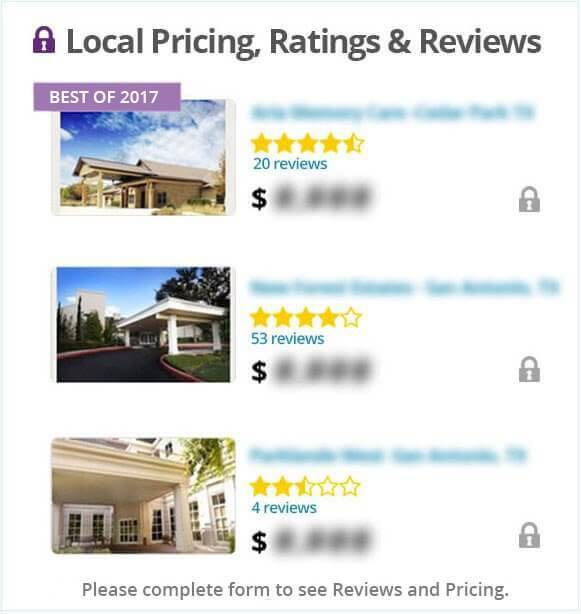How To Finance Assisted Living Costs

Written By: David Virden or Assisted Living Directory
Summary: Assisted Living is expensive. Average montly rents can easily range from $3000 to $6000 per month – at times even higher. David Virden, writer and editor with over 20 years of experience, explores how to prepare for assisted living, and how to finance it to make it an affordableoption.
As baby boomers age and continue to live longer, finding a place where they can age safely, comfortably and affordably is becoming more of an issue. In 2011, the average yearly cost in the US for rent in an assisted living community was $41,724 a year.*
While this may seem high, you have to factor in the improved quality of life that assisted living offers. Assisted living costs generally include all basic living expenses such as rent, utilities and food as well as 24-hour security services, housekeeping, health services, lawn care, property taxes and insurance, trash removal, repairs and maintenance, and the things people frequently forget to include social activities and entertainment. When you factor in all that assisted living has to offer, it actually is quite a bargain! However, many seniors and their families struggle with how to pay for it.
While Medicaid does have assistance programs that will help pay for certain levels of assisted living, there’s no rule that requires a state program to pay for assisted living, and most states don’t cover it. Those that do usually cover only limited services. Medicare doesn’t pay anything for custodial (nonmedical) care in a nursing home or assisted living facility.

So what options does a person have when faced with the challenge of needing to finance living in an assisted living community?
One of the best ways is to sell the home of the person moving into assisted living. This can help alleviate much of the burden. If you need some money to tide you over until a home is sold or youre waiting for other benefits to kick in a senior living line of credit can help. These offer low, interest-only payments that you can use for paying monthly rent at an assisted living community or other expenses.
If youre trying to pay for assisted living for a spouse while youre still at home, look into a reverse mortgage, which lets you convert some of the equity in your home into cash. With a reverse mortgage, you can get a monthly payment that can be used for your spouse’s care expenses, while allowing you to remain in your home.
If you have a life insurance policy, look into the Life Care Assurance Benefit Program, which allows a senior to use a life insurance policy to help pay for long-term care and housing by converting a portion of the policy death benefit into a long-term care benefit.
Another way to cut the cost of assisted living is friendship living which simply amounts to sharing a living space with another senior. Aside from the significant cost savings of having a roommate, the ideal shared living arrangement can provide a comfortable, nurturing and supportive environment for seniors who are well matched.
If youre a veteran, you may qualify for the Aid & Attendance Program and receive monthly benefits to help cover the costs of assisted living care. It allows veterans and surviving spouses who require the regular attendance of another person to assist in day-today activities to receive monetary compensation and care in an assisted living facility.
The best way to ensure you have the funds to pay for assisted living is to plan ahead. One of the best ways to do this is to get a long-term care insurance policy and it’s best to get this while youre still young, to reduce the cost of premiums.You should also make sure that any policy includes assisted living as one of the options for long-term care.
Finally, it’s good to know that some assisted living expenses are tax deductible. Generally, only the medical component of assisted living costs is deductible and ordinary living costs like room and board are not. But there are exceptions. For a taxpayer to be able to deduct assisted living expenses, the individual must qualify as being chronically ill, which means someone who is:
- unable to perform two or more activities of daily living (eating, bathing, dressing, walking, going to the toilet) without assistance.
- in need constant supervision because of a severe cognitive impairment such as Alzheimer’s disease or related dementias.
The resident must have been certified within the previous 12 months as chronically ill by a licensed health care practitioner and all personal care services must be provided pursuant to a plan of care prescribed by a licensed health care practitioner. This means a doctor, nurse, or social worker must prepare a plan that outlines the specific daily services the resident will receive. Most assisted living communities prepare care plans for their residents.
With the right planning and preparation, assisted living is an affordable option for most people.
To learn more about these topics, simply search the bolded items in your favorite search engine.
By David Virden
David has over 20 years experience as a writer and editor. Senior issues have long been his passion, and in addition to past experience writing about maintaining a healthy outlook throughout every phase of life, he has volunteered his time and skills to such organizations as Senior Services of King County in Seattle. He is one of the many expert authors who is currently writing on behalf of Emeritus assisted living communities.
Responses to this article:
Ted Wrote:
I an a 100% disabled veteran of the USN. I have chronic cardiac disease and am concerned about my wife being able to own our home if I must go into an assisted living facility. 423-875-3137
24 June 2015 at 7:22 am
Eugene Wrote:
Assisted Living costs are often not planned for. At least, that is the case with my current situation. My parents need to move into a facility because all of our family members have moved away from their area. I always figured I would take care of them, but I live across the country. We will have to get creative with the financing.
17 June 2015 at 2:23 pm
Loren Wrote:
I am beside myself at what it costs to get decent care as an elderly citizen in our country. There’s just something wrong with it if you have to be in the top 20% of society to be able to live comfortably in your golden years.
18 June 2015 at 8:45 am
No Obligation
Assisted Living with How To Finance Assisted Living Costs



